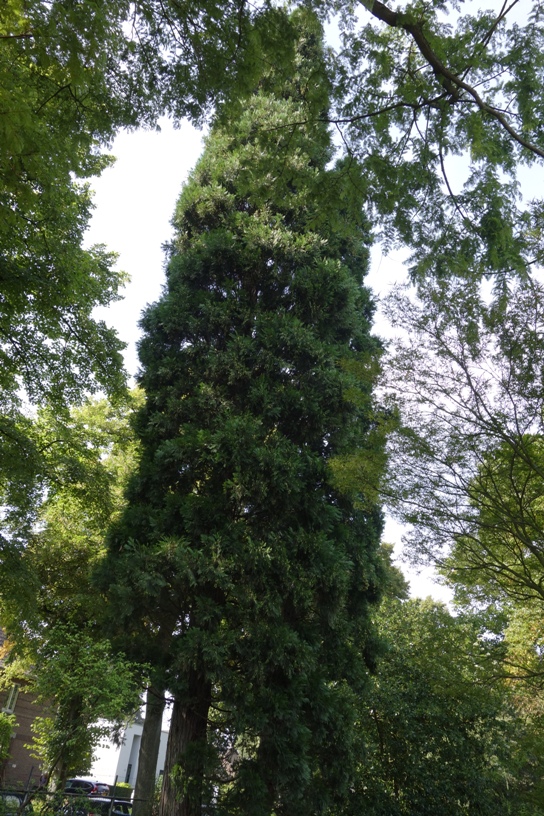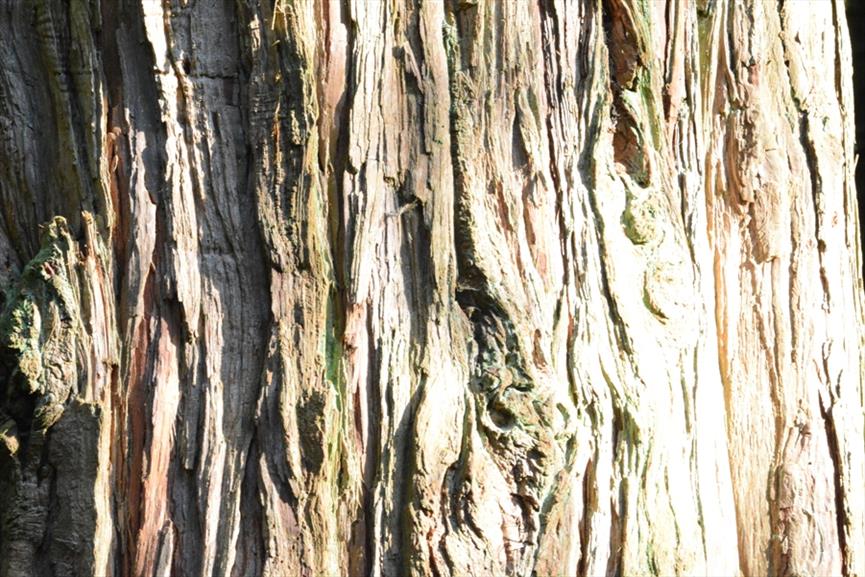Californian Incense-cedar
Calocedrus decurrens
Cypress family (Cupressaceae)
Gigantic incense stick
This 70 m high cedar originated from the rocky mountainous regions along the West Coast of America. The slender, evergreen tree was brought from America to Europe and can often be seen, although often in smaller form, in many established gardens. The thick, reddish-brown fibrous bark of mature trees is fire resistant. This is crucial because the leaves, which resemble needles high up in the tree, are full of highly flammable compounds that also emanate a strong odour. Large, naturally occurring forest fires in the American forests ensure that there is sufficient space on the ground to allow seeds of the incense cedar to germinate.
Themes
Crown jewel in the Kerkrade Botanic Garden and on the Schovenhorst Estate.
The boughs and twigs were used to make besoms, the roots and the bark for basket making. The wood is soft, light, close grained and is used for making shingles, lathes, fencing, pencils, and in construction etc. Mature trees are often infected by dry rot so they are not considered to be a major timber species.
Needle-like scales at the top of the incense cedar are full of combustible compounds that also emit a strong fragrance. The wood is also strongly-scented of incense.
Part of the Dutch National Conifer Collection.
Details
| Description: | Conifer, flaking bark; scale-like foliage rich, glossy green, in short sprays, occasionally with small cones that soon fall. |
|---|---|
| Distributions: | Western north america, east asia |
| Habitat: | Forest, on a variety of soils, usually on western slopes at an altitude of 700 - 2500 m. |
| Year cycle: | Perennial (polycarpic evergreen) |
| Hardiness: | -4 - 5 f (hardy - very cold winter) |
| Flowering period: | Mei |
| Flower color: | Yellow, green |
| Notes on flowers: | Male cones yellow; female cones yellowish-green. |
| Fruiting period: | September - oktober |


